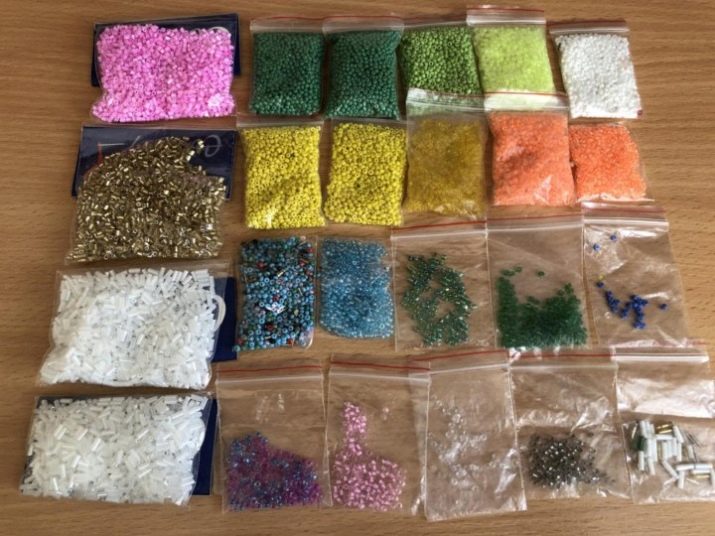Varieties and selection of beads
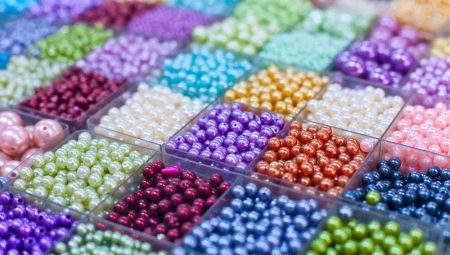
Almost everyone is familiar with such material as beads. It can be large or small, and the choice of colors and shapes is quite large. Crafts from beads are made by children, in particular, girls, thereby developing fine motor skills, and adults. The latter often turn this hobby into a source of income. However, in order for the craft to be successful, you need to take into account some of the nuances when buying beads. We will tell you about the selection criteria and varieties of this material, as well as about its best manufacturers in this article.
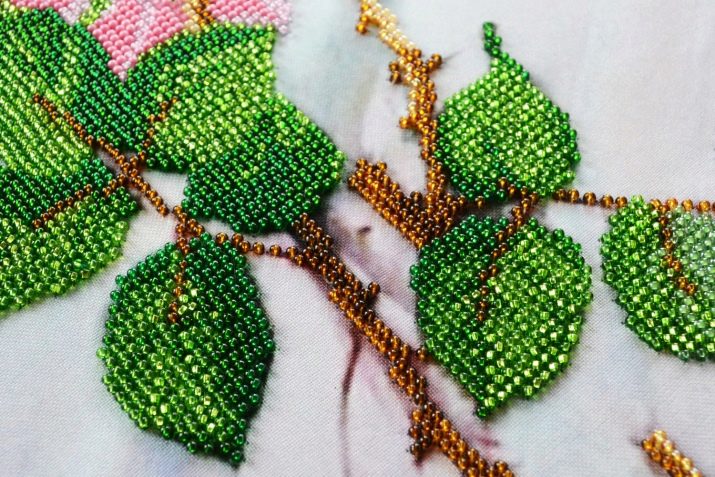
What it is?
A bead, also called a bead, is a small decorative object that has a hole that allows it to be strung on line, thread, or wire. It is believed that it appeared quite a long time ago, in Egypt, from where it moved to Byzantium, and then to the island of Murano.
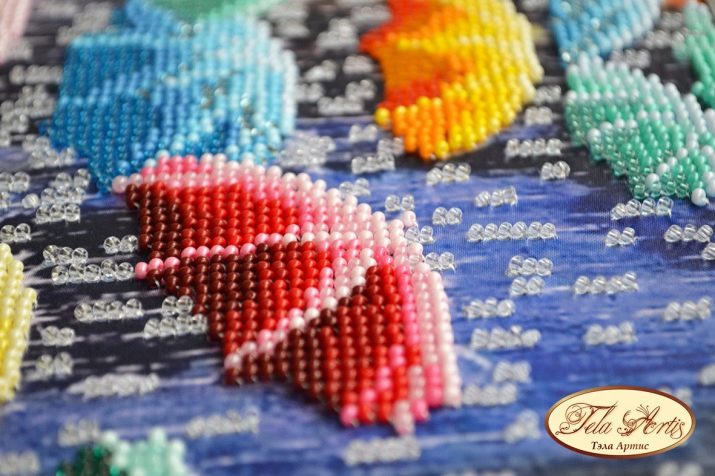
This material is actively used in beading, weaving from other materials, knitting and crocheting, embroidery and mosaics. Various jewelry, toys and other products are created from it. Each of them is unique and original, which makes the craft popular among buyers.
For this reason, products made from beads are so highly valued in the market, and many needlewomen turn their hobby into a full-fledged source of income.
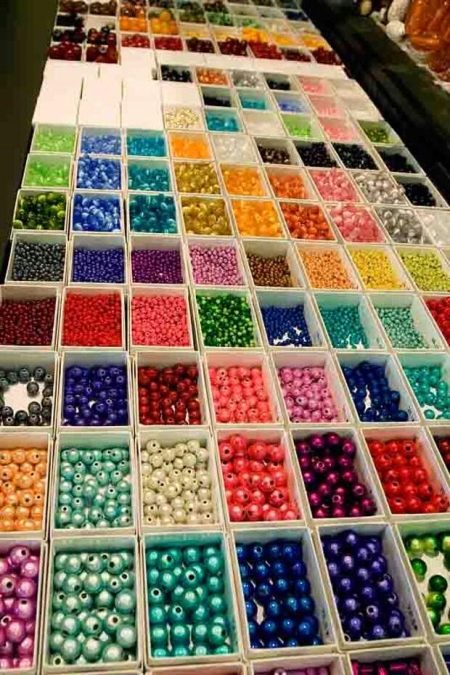
Beads are especially in demand in the field of design. It is used for a variety of purposes, decorating clothes, various accessories, walls, ceilings, figurines, landscape and even equipment.
This material has many varieties: it can be of different colors, lengths, shapes and more. This allows you to create all kinds of crafts from beads, both for sale and for decorating yourself or your own home.
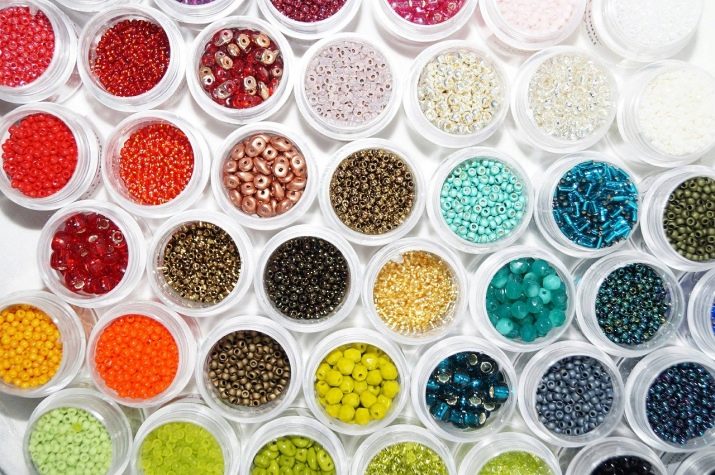
Views
Forms
As a rule, most people believe that beads have only a round shape - this is what is traditional for him. Such beads are also referred to as rocaille, they are really used most often, especially when it comes to those who are new to this field.

However, there are other forms as well.
So, allocate cylindrical beadswhich is also known as delica. It is distinguished by its evenness. Because of this, it is actively used when weaving products in brick technique and for creating panels. The hole in such beads is large enough, which greatly facilitates the process of working on a conceived craft.
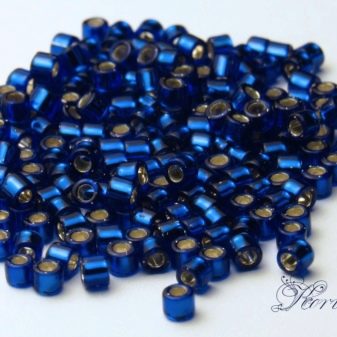
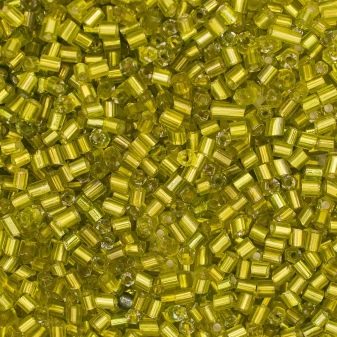
Another type of bead, distinguished by its shape, is called bugle... This material looks unusual. It is made up of elongated beads, the length of which most often varies from 4 to 25 mm, however, sometimes longer varieties can be found in handicraft stores, their length can reach several centimeters. This type of bead is the least frequently used in handicrafts, but bugles look very interesting in jewelry and other products.
In turn, it is subdivided into several types: smooth, round, faceted, with twisted edges, etc.
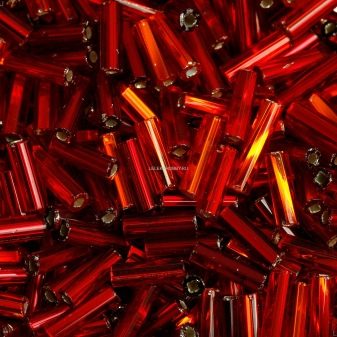
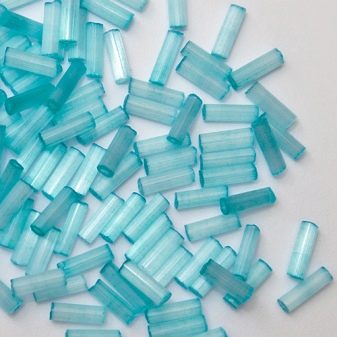
There are also beads such as deckhouse... It is a finely chopped bugle, the size of which is usually no more than 5 mm.
Separately, it is worth highlighting curly beads... As a rule, professional needlewomen use it most often; it is not suitable for beginners. Such beads can be presented in a variety of forms: for example, in the form of a butterfly, droplets, or in the form of geometric shapes. This also includes Tila beads in the form of a tile, as well as Long Magatama, which are elongated beads in the shape of a beveled petal: such beads are often used in order to create the effect of fish scales and to decorate jewelry.
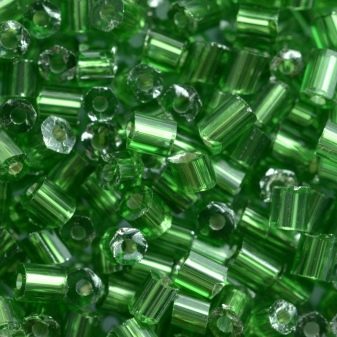
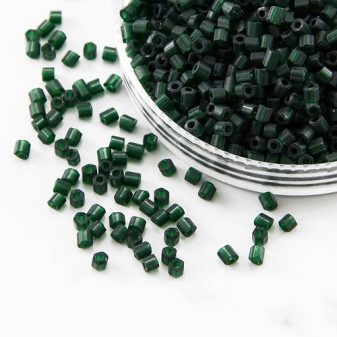
Dimensions (edit)
But with the dimensions of the beads, everything is quite complicated. As a rule, there is no information on the exact numbers on the packages, since the dimensions of this material are small. In addition, automated machines create it, and therefore it becomes even more difficult to report the exact numbers, because the beads can differ from each other in size.
However, it is worth mentioning separately about Japanese beads. Its manufacturers tried to deal with this problem by introducing specific standards into production. The result is beads with a perfect smooth finish, which allows you to make a beautiful craft without flaws.
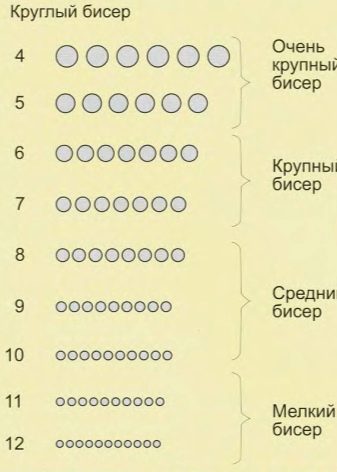
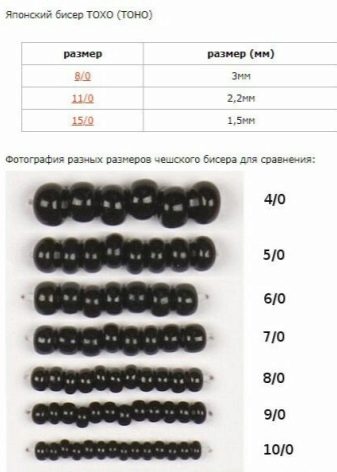
However, there are some nuances here: in different batches there is a possibility of some differences between the beads. It is for this reason that needlewomen buy packs of material from one batch.
Czech beads are put into a separate category, since they are also subjected to standardization. Its approximate size can be found on the number that is indicated on the pack:
-
1/0 - 6.5 mm;
-
2/0 - 6 mm;
-
3/0 - 5.5 mm;
-
4/0 - 5 mm;
-
5/0 - 4.5 mm;
-
6/0 - 4-4.3 mm;
-
7/0 - 3.4-4 mm;
-
8/0 - 2.5-3.1 mm;
-
9/0 - 2.2-2.7 mm;
-
10/0 - 2-2.3 mm.
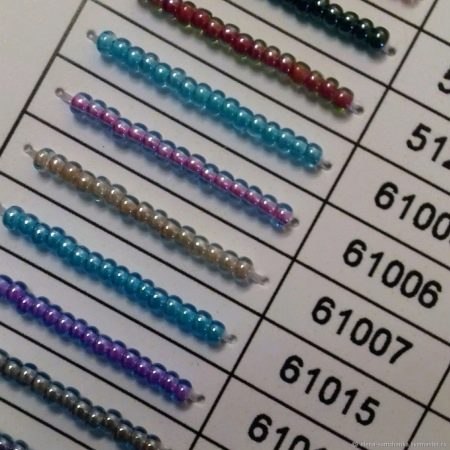
Materials (edit)
Another characteristic that you should pay attention to when choosing beads for needlework is what it was made of. For all its simplicity, making beads is not such an easy process as it might seem at first glance: for just one small batch, you need to use complex devices and a rather high temperature.
Beads can be made from materials such as glass, ceramics, wood, plastic, metal, or even precious stones.
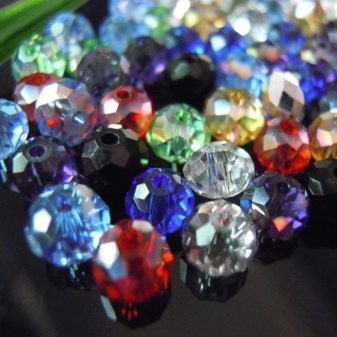
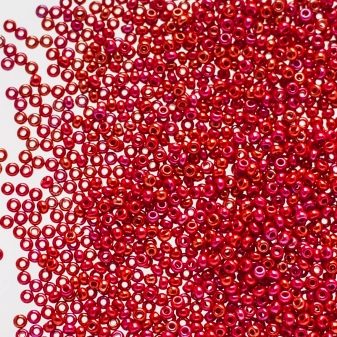
Most often, glass tubes are still chosen for its manufacture. But beads made of precious stones are made much less often: the products that were woven from it end up being very heavy, which is a disadvantage for many.
Colour
Beads can be of a variety of colors, which allows the imagination of needlewomen to roam freely, because the richness of the palette helps to bring to life almost any idea. In general, bead shades fall into two categories: basic and experimental.
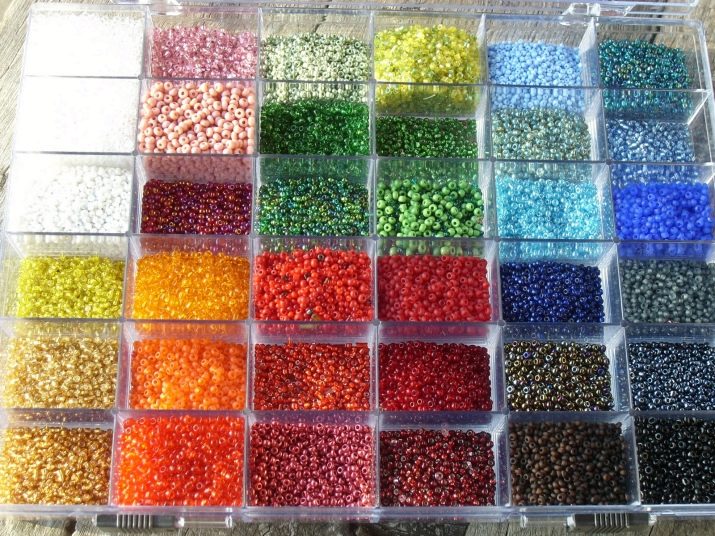
And if beads from the first group can be bought in almost any store for creativity, then the second option is rare, and therefore you will have to spend a certain amount of time looking for sets of such beads.
In general, beads can have different coverings. In accordance with this criterion, the following varieties are distinguished: unpolished, matte, grated, glossy, mother-of-pearl, gasoline, silk, bronze and others. The cost of the set may vary depending on this factor.
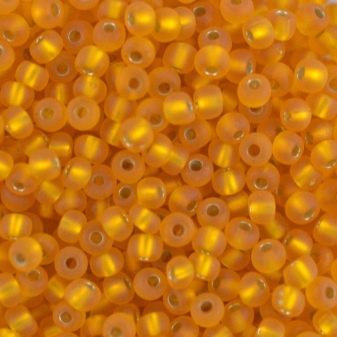

Transparency
Another important criterion for choosing beads is their transparency. Conventionally speaking, this material is transparent and not. The first variety is made from a fully or partially transparent material.
The main advantage of such beads is that they do not lose their properties even if they are exposed to the sun or chemicals.
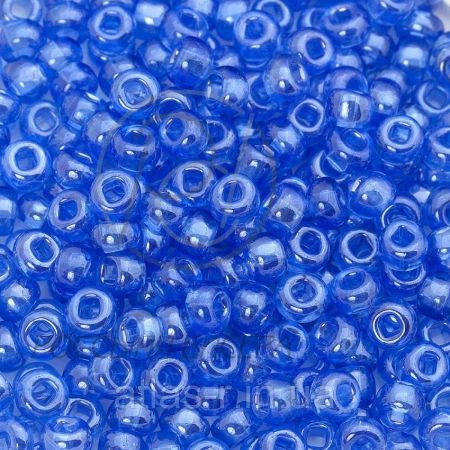
Opaque beads have similar properties. However, it is much cheaper than transparent and has a wider palette of shades.
Manufacturers
If we talk about the best manufacturer of such material as beads, then this is definitely Japan... It is this country that ranks first in the top manufacturing companies. This can be easily explained: Japanese firms use special technologies and high quality equipment in their production.
The following brands stand out the most:
-
Toho - famous for the huge color palette of beads sold;
-
Miyuki - produces unique varieties such as Tila and Long Magatama;
-
Matsuno - this company produces beads of different shapes and colors.
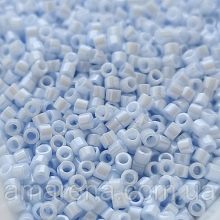
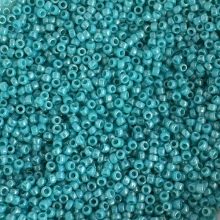
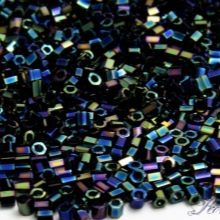
Of course, the product from these manufacturers is quite expensive, but its high cost is justified: all the beads in the set are usually even and differ little from each other in size.
The second on the list are Czech manufacturers. Their beads are very diverse in terms of colors and pleases many with their quality. Among all Czech companies, companies such as Gamma and Preciosa stand out. Both brands produce well-calibrated material that delights customers with a rich color palette. Besides, unlike the Japanese, the sets of these beads are much cheaper. It is for this reason that it is in great demand among needlewomen.

However, Czech beads are unlikely to be able to compare in price with Chinese beads: the first is considered the cheapest. Despite their low cost, beads from China are in high demand, especially when it comes to such Chinese manufacturers as Zlatka and Astra. Such material is often purchased for children who are just mastering the basics of weaving, as well as beginners in this area of needlework. As a rule, this type of bead is used for such crafts, in which the equal size of the beads and their flat surface are not so important. For this reason, it is perfect for creating bulk pictures, to which beads are simply glued.
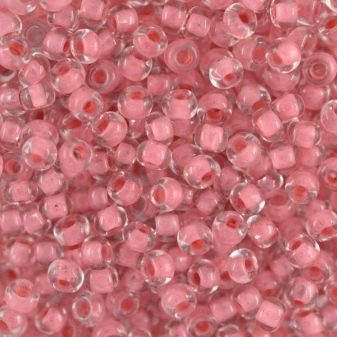
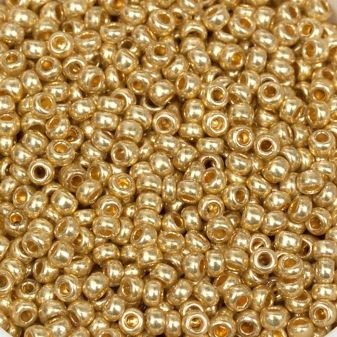
And here beads are not mass produced in Russia, which is due to the complexity of the technology of its manufacture. For this reason, purchasing domestic material will not be an easy task: it is produced only in a few workshops.
How to choose?
To choose beads, you first need to objectively assess your skills. If you are a beginner or plan to purchase material for children's crafts, then you should not immediately take the most expensive sets. To begin with, you can get by with round-shaped Chinese beads - it is from it that the most simple crafts are most often woven. However, in the future, it would be best to switch to Czech or Japanese beads.
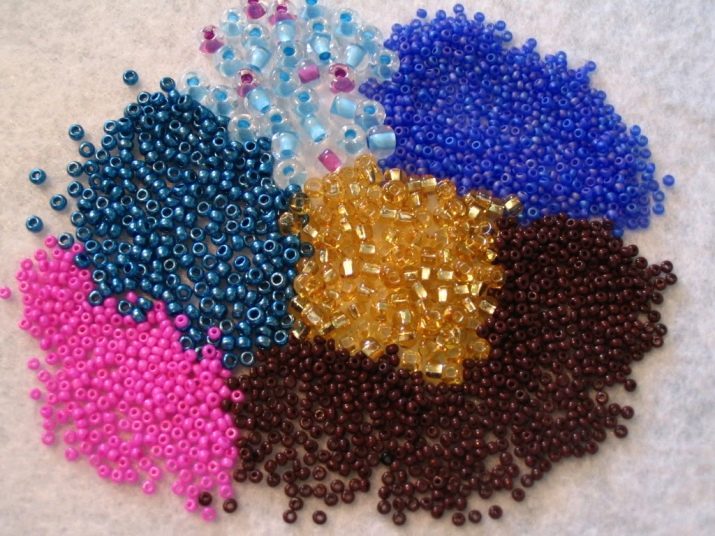
But if you are a professional, then in this case it is worth taking a closer look at the more expensive varieties of this material. It will be easier to use in work, and products made from such beads, be it a brooch, bracelet or a picture, will look beautiful and neat.
When choosing a material, do not forget to pay attention to the hole of the beads, so that in the future there will be no problems with the entry of fishing line, wire or thread. Do not forget to look through the sizes of the beads: it should be approximately the same, otherwise it will be very difficult to make a beautiful product, since you will have to choose the same beads for a long time.
The way of storing the material in the store also plays an important role: it should not be laid out in the window, which is under the influence of sunlight.
